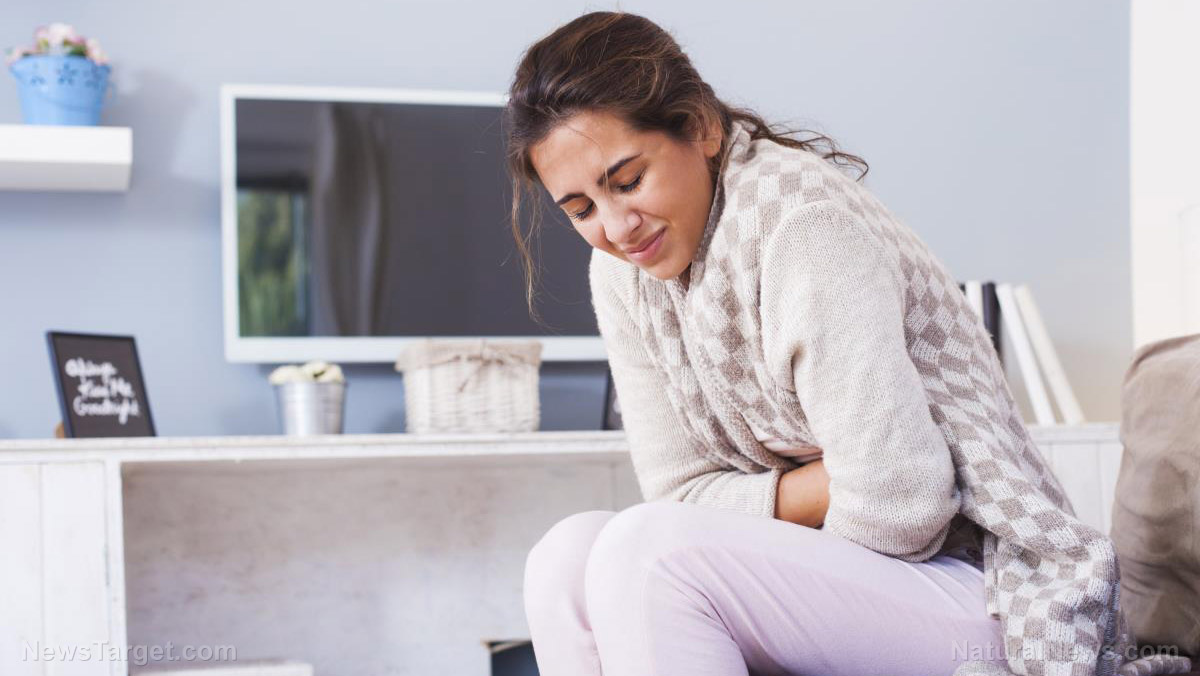
The ao-dake-humi is a popular foot stimulation therapy practiced in Japan, which involves stepping on a half-pipe-shaped bamboo using repetitive steps. The practice is rooted in reflexology, where specific areas of the foot are linked to specific organs in the body.
In Japan, people have attested to its effectiveness; however, the exact mechanism of how ao-dake-humi treats these conditions has yet to be studied. (Related: Controlling Constipation the Natural Way: Ancient Asian Remedy Provides Healthy Alternative to Laxatives.)
For the study, researchers involved 24 people who reported having constipation, LUTS, or HC. The participants were measured for their international prostate symptom score (IPSS), quality-of-life (QoL), and overactive bladder symptom score (OABSS) to determine the efficacy of the method. LUTS patients were evaluated with a frequency-volume chart (FVC), while patients with constipation and HC patients were monitored using a visual analog scale (VAS).
The clinical trial, which ran for 28 days, had all participants use a bamboo foot stimulator twice a day. In particular, they were required to use it once in the morning and once in the evening for at least two minutes. In the event a participant felt discomfort or pain, frequency of ao-dake-humi use was reduced to once per day.
From the results, VAS scores for both constipation and HC revealed that using the ao-dake-humi method significantly alleviated the symptoms associated with both conditions. The therapy, when used by LUTS patients, showed an increase in their bladder capacity, reducing frequency. Moreover, the treatment decreased the IPSS, particularly in the storage-subscore, QoL scores, and OABSS.
"Ao-dake-humi showed statistically relevant subjective and objective results in this study, and there were no adverse events," the researchers concluded. "Thus, ao-dake-humi is a candidate of therapeutic option for LUTS, constipation and HC."
Constipation is more common than you think
Despite it being an uncomfortable topic of conversation, constipation is much more prevalent than people think. In a clinical review published in The American Journal of Gastroenterology, authors estimated that at least 63 million people in North America experience symptoms that meet the defined criteria for constipation. The study revealed that women are more likely to experience constipation than men, and its prevalence increases with age.
For the most part, certain changes in lifestyle – especially when it comes to food – can reduce the likelihood of constipation.
- Eat meals regularly. This allows gut reflexes to move and function normally. If a person regularly skips meals, it can result in digestive problems.
- Increase your fiber intake slowly. Fiber is beneficial in helping the digestive system. However, a sudden increase in the amount of fiber consumed may overwhelm the system.
- Get some natural laxatives. Do away with over-the-counter laxatives and try natural alternatives. Fruits and vegetables are excellent in regulating bowel movements.
People who are already suffering from the condition should steer clear of the following food items:
- Dairy
- Red meat
- Junk foods
- Frozen dinners
- Cookies
- Bananas
- Oily foods
Learn more natural ways to relieve constipation by following NaturalCures.news today.
Sources include:
BMCComplementAlternMed.BioMedCentral.com
Please contact us for more information.




















